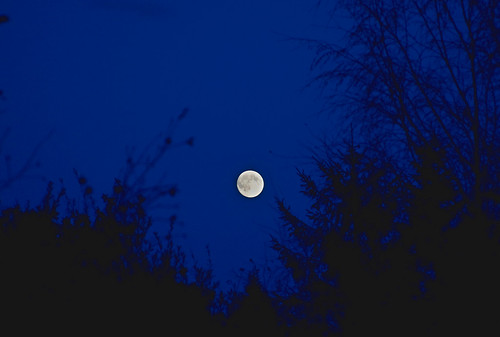
I wasn't going to post anything about Neil Armstrong, who died yesterday, because I didn't believe I'd have anything to say. But it was my era, the late 60s and early 70s, those surges of nightmare and optimism. And that sudden obsession with the moon: the first colour photos filling the supplements, up close but unreal, as if the ground were carved out of rain-cloud, the amazing Earth bright and lurid as a beach ball, the frail-looking LEM, something a child might fashion from cardboard and baking foil, the Michelin Men in their bouncy suits, their little flag that had to be wired rigid so as not to wilt, and those griddled, bear-like footprints that may remain in that weatherless museum for whatever comes: our future selves, ET, the stars' faceplate...
Anyway, all this comes by way of my old friend Anthony Glavin. I remembered this morning that he had written something that would be appropriate to the occasion, a single quatrain from Living In Hiroshima, his great unfinished sequence that seems to have something to say about practically every major event in the 20th Century, be it personal or historical. So here it is, a postcard from the future past:
Earthrise
'One small step ... a giant leap ... ' And there,
Blue-white, a sea-pearl, eyeing us from empty space ....
My headset's gone –– repeat, You quite asleep, girl?
Ghost-zone. Interference. Wish you were here.
from The Wrong Side of the Alps (The Gallery Press, 1989)
I'll finish by quoting part of a statement released by Neil Armstrong's family, a lovely last flourish that Anthony would have appreciated:
'... and the next time you walk outside on a clear night and see the Moon smiling down at you, think of Neil Armstrong and give him a wink.'
